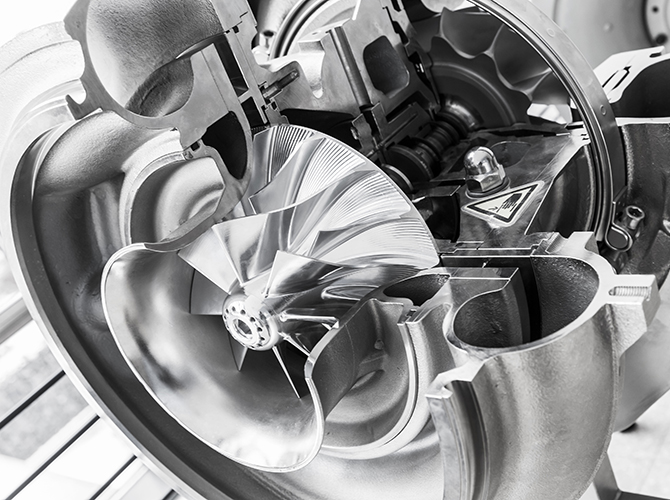Engine Technology International discusses the future of boosting. Using Turbochargers or superchargers started out as an exotic performance technology, now, turbocharging has become the default position for all diesel engines and the majority of today’s gasoline engines.

What does the future hold for turbochargers..
The future looks set to get a boost from both technologies, with turbocharger technology continuing on a similar path of improvement. VTG is already common in smaller diesel cars and two-stage turbo systems are now moving increasingly into that segment because of the economy benefits they offer.
Research and development in turbocharging has mainly been to reduce friction and inertia to improve response and driveability. Variable turbine geometry (VTG) have optimised the compressor response at low engine speed when exhaust gas energy is low, while still delivering enough air during maximum load operation.
Two-stage turbocharging has been in use on premium diesels for a number of years. A smaller turbo gives good response at low engine speeds when exhaust energy is low, and a larger turbo takes over at high load to meet air mass requirements of high power and torque output. VTG remains somewhat of a rarity on gasoline engines, mainly due to the high temperatures involved, but it is starting to make an appearance.
“The obvious next step is the application of variable geometry turbines for both small and mid-size gasoline engines”
Nisar Al-Hasan, head of technical business development – turbocharger, Continental
Other stories;
https://www.melett.com/industry-articles/diesel-to-retain-dominance-diesel-technology-forum/


